Tips for Designing a High Calorie Diet to Build Muscle
Adding weight that is all or mostly muscle can be a tricky thing if you aren’t too sure how to approach it. We’ll just assume that most people know that to add weight to your frame you are going to need to consume more calories and to lose weight you need to consume less calories, but the process of adding muscle weight is just a tiny bit more complex than that simple equation.
When people are trying to drop pounds, they often look to eliminate empty calorie foods that are high in fats – desserts, cookies, whole milk, fried foods, etc., so a simple assumption would be to gain weight by adding these things to your diet. Well you could gain all of the weight that you wanted by wolfing down bags of cookies and buckets of fried chicken, but it’s not going to be the type of weight gain that you are looking for.

It isn’t really as difficult as it sounds, but too many people stop listening after they hear “eat more food,” and end up eating too much of the wrong things.
So what do you do when you are attempting to pile on muscle mass?
If you’ve been on the standard diet consisting of three meals, it’s time to start stepping up your numbers. You want to consume anywhere from four to six moderately sized meals a day. Don’t get too excited, I’m not suggesting that you sit down to six steak dinners a day, there are some very simple ways to get the extra calories and protein that you’ll need to help your muscles grow.
Restructure your three normal meals so that each one contains a good lean source of protein if it hadn’t already – your breakfast could be built around eggs, lunch could be chicken breast and dinner could focus on fish – that will most likely add some of the necessary protein without having to do any extra work at all. For the three additional meals you can keep it super simple: a meal could consist of cottage cheese and some fruit, your favorite yogurt and a couple handfuls of trail mix or if you could even have a couple peanut butter sandwiches.
Protein drinks and meal replacement shakes are also excellent ways to tack on extra high quality calories. Many people don’t like to eat right before bed because it can disrupt their sleep pattern, which can also affect the rate of recovery – a great way to combat this is by drinking a protein shake shortly before you turn in. The shake shouldn’t overload your stomach or make you feel like you’ve just eaten a full meal before laying down, but it will provide just as many calories and, chances are, even more protein than a small meal. There are even some people that drink a shake before bed, then set their alarm clocks for about half way through the night to get up and have another shake before going back to sleep.
And just because you’ve upped your meal anti to five or six a day, that doesn’t mean that you should necessarily cut out the snacks. A glass of milk and a handful of mixed nuts will add even more protein, vitamins and essential fats as will carrot or celery sticks with peanut butter or a few hard boiled eggs.
The simple fact is, no matter what your body type, even if you see yourself as a so called “hard gainer” – If you approach your training intelligently, always using proper form and high intensity; allow your body plenty of time for recovery, and increase your calorie intake with good lean sources of protein while maintaining a well balanced diet, your muscles will grow.


